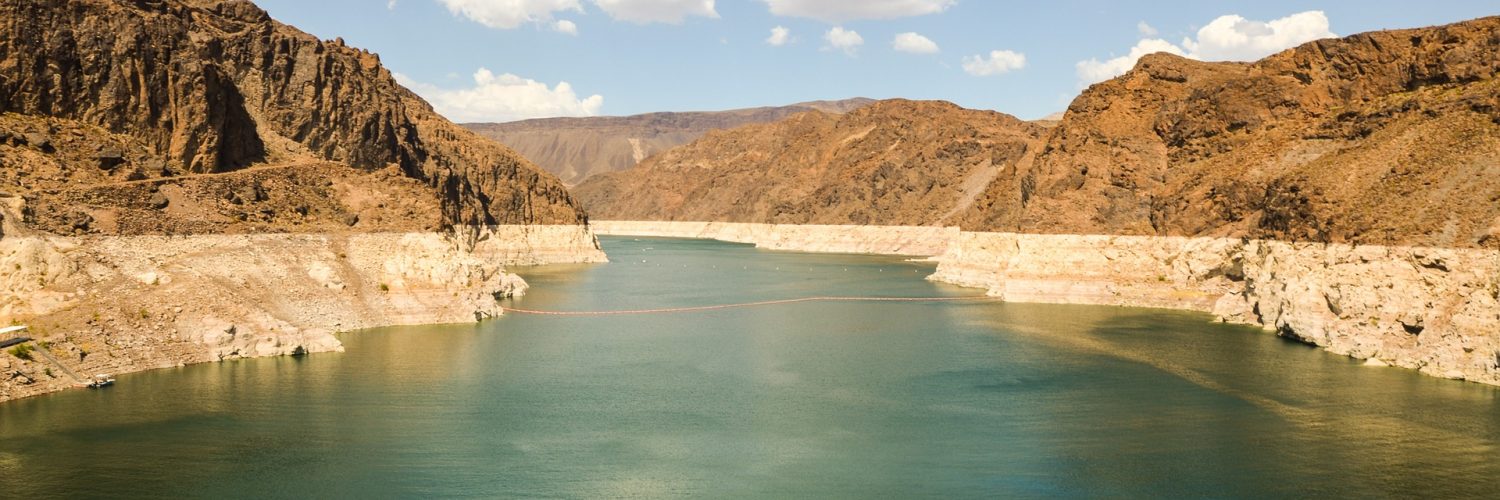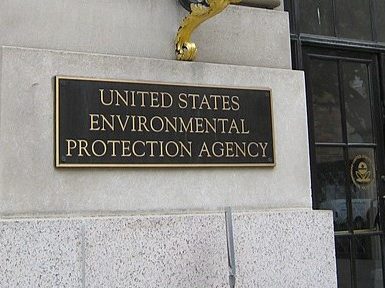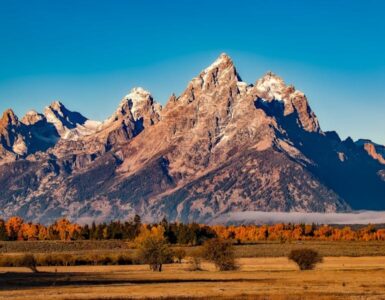Down to the wire. After four years of contentious fits and starts, water leaders and stakeholders are a few details away from finalizing Arizona’s piece of a seven-state pact that lays out who receives cuts to water supplies when a shortage occurs, likely in 2020.
Now, Arizona lawmakers must rush to do their part: reach joint agreement on the plan and create accompanying legislation by Jan. 31 or face federal intervention. Can they get it done?
“Yep”, said Speaker of the House Rusty Bowers, R-Mesa, who is a member of the almost 40-member statewide steering committee that spent the past six months working doggedly to get to this point.
“We will do everything we can to be there by the 31st,” Bowers said at the steering committee’s final meeting Tuesday. “Nobody’s holding up. Nobody’s putting on the brakes. We are working in good faith and we will get there.”
The steering committee is made up of water interests from across the state – tribes, cities, water districts, developers, homebuilders, farmers and legislators – who have negotiated non-stop for months to meet the deadline to get Arizona’s piece of the agreement to the legislature when it goes into session next week. The agreement, called the Drought Contingency Plan (DCP) kicks into action when water shortages occur. As each level of Lake Mead drops a ‘tier,’ reductions in water supplies become more severe.
Time is of the essence. Water shortages are projected to come a decade earlier than expected. A 19-year drought has scorched the Southwest, diminishing the Colorado River that brings water to 44 million people in seven states along the Upper Basin, Lower Basin and Mexico.
If the DCP is not in place by Jan. 31, the federal government will post a notice in the federal registrar to get comments from all parties on how to proceed, the first step in a potential federal intervention.
“I’m hoping we can avoid that outcome. It’s not a good one,” Arizona Department of Water Resources Director Tom Buschatzke said after the Tuesday meeting.
“From my perspective, I don’t want to be in that position to provide those comments for other basin states and I don’t want to see the other basin states providing comment, too. I think it will result in some potential divisiveness between the states,” said Buschatzke who co-chairs the steering committee with Central Arizona Project General Manager Ted Cooke.
Cooke said he doesn’t want to be “overly optimistic” about a flurry of final details and negotiations left to finish up on the next few weeks, but said they seem fairly minor after the massive amount of work and agreements that have been accomplished.
One of the biggest points of contention in Arizona has been how to help Pinal County farmers that are low priority water users and face drastic cuts in water. At risk is a thriving agricultural industry that is estimated to pump $2.3 billion into the state’s annual economy.
Throughout the DCP process, a number of entities have committed to coming up with nearly $133 million in funding to purchase water supplies and well pumping infrastructure for Pinal County agriculture. Tribes and cities, including the Gila River Indian Community and Colorado River Indian Tribe, have agreed to help. Tucson water director and steering committee member Timothy Thomure stepped up for the second time and offered to increase water sharing with Pinal County.
Attorney Paul Orme, a member of the steering committee who is an attorney for the Pinal County farmers, said all of the offers “help get us a long way to the certainty that we really need in this process.”
Gov. Doug Ducey and many committee members have said that shoring up Lake Mead is the most important task of the DCP to avoid triggering a water crisis for the state.
The final countdown begins:
- Jan. 14 The state Legislature convenes. Gov. Ducey will explore options with legislative leaders on the DCP. Today also is the deadline for written comments to the ADWR on intentionally created surplus (ICS) exhibits that detail how users are able to shore up and restore lake levels through a variety of measures.
- Jan. 31 The deadline for the legislature to have the agreement and accompanying enforcement and other legislation in place to submit to the federal Bureau of Reclamation. All parties and states have 30 days to comment on the agreements.
- March 2 If the Bureau signs off on all states’ plans, the DCP goes to the U.S. Congress for final approval.
Then it starts all over again in a few years, if not sooner. The proposal only lasts until 2026, then a new DCP must be negotiated.
















Add comment